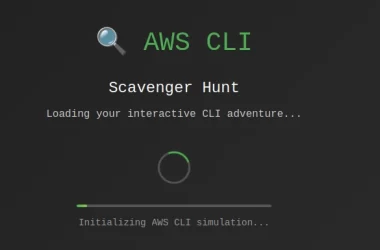Software-as-a-Service Generative Pretrained Transformers

Although pretrained models offer out-of-the-box functionality for many NLP (Natural Language Processing) tasks, but they go only that far. Soon, a need arises to train on your own data (custom corpus). The ways in which custom training is done, have changed over time, you can see this progression, below:
- Own data only: Frequency-based models such as bag-of-words and tf-idf (term frequency inverse document frequency) are typically trained from scratch, fully on the custom corpus. No pretrained models as such. Use them as vectorizers in any NLP tasks such as classification, via machine learning or deep learning neural networks.
- Re-training: Model like word2vec comes in pretrained flavor from Google. You can use it as a vectorizer in any NLP tasks, as mentioned above. But, Python library Gensim, allows you to build your own word2vec (and doc2vec) model from scratch also, fully based on your own corpus. This gives you your own word-vectors to be used in any NLP tasks, as mentioned above.
- Fine-tuning: Models like BERT (Bidirectional Encoder Representation of Transformers) come in pretrained flavor to be used as a vectorizer and also as base neural network. Based on downstream NLP tasks, such as classification, one needs to add, last layer to that base neural network and thus you get your own classifier which can be trained on the custom corpus.
Here is an article demonstration above mentioned approaches
Text Classification with NLP: Tf-Idf vs Word2Vec vs BERT
There is a new kid on the block now, for the GPTs and BARDs of the world and that’s:
- Prompt-tuning: Models like *GPT* (Generative Pretrained Transformers), which are LLMs (Large Language Models), are so powerful, that there is no need to tamper the neural network for fine tuning with your own data. You just need to give a few samples (shots) within the prompt itself and it starts answering based on the samples. Of course, one can do all the above methods as well, but this new way of fine-tuning via prompts has made LLMs accessible to anyone-and-everyone.

Riding on the wave of this approach of custom training for language models, new frameworks/platforms are emerging that allow you to prompt/fine-tune LLMs easily.
LangChain is one of them.
GitHub – hwchase17/langchain: ⚡ Building applications with LLMs through composability ⚡
Google is bringing a similar offering in Cloud integrated with Vertex AI.
Google Cloud brings generative AI to developers, businesses, and governments | Google Cloud Blog
You have already started seeing imaginative usages of such custom GPTs, like GitaGPT!!
Such solutions are going to give birth to a new category, called ‘SaaS GPT’ (Software-as-a-Service based on GPT).
More to come!!
SaaS GPT was originally published in Google Developer Experts on Medium, where people are continuing the conversation by highlighting and responding to this story.





